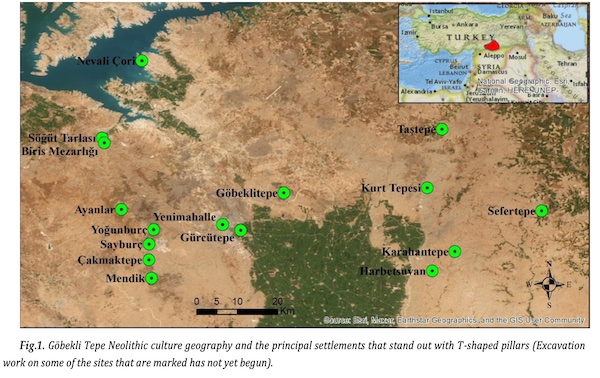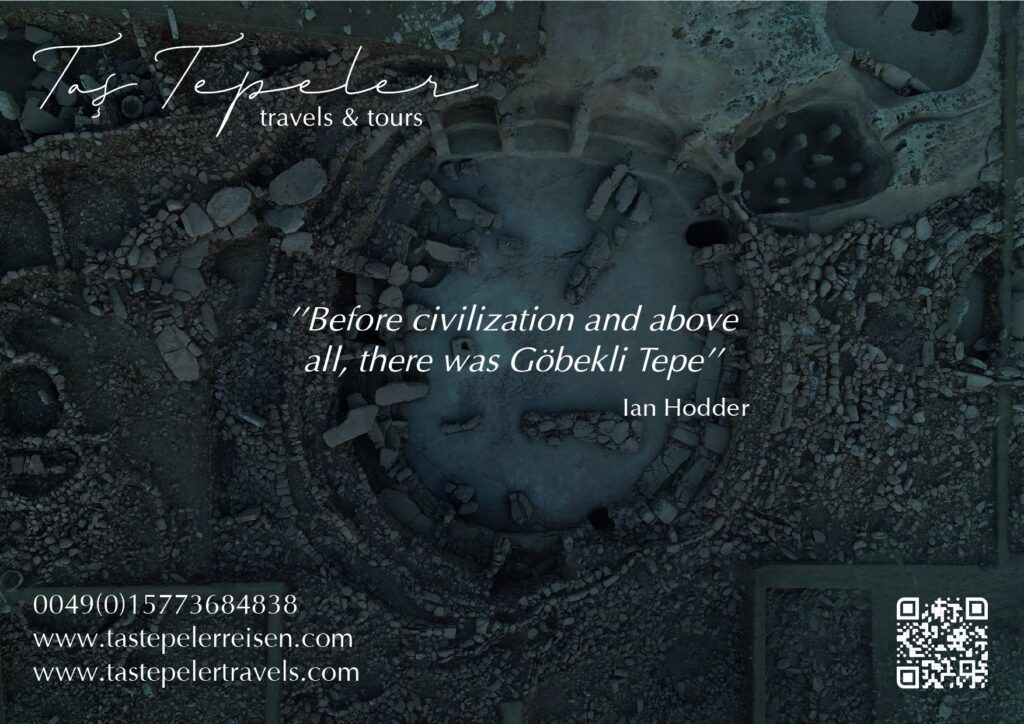
(An Alternative Perspective on Anthropomorphic Themes)
The humans of the Göbekli Tepe Neolithic culture of the Upper Euphrates Basin left behind long-term settlements with surprising monumental structures and a rich set of symbolism. This study puts the various symbolic themes of this culture at its center, and attempts to offer a reasonable interpretation of how the people of this culture and period constructed a “reality” about themselves. When the themes of the human head and phallus are positioned at the center of the interpretations of this period’s symbolism, it is possible to claim that the Neolithic people conceptualized/explained themselves through a complex mythological narrative. This paper also hopes to contribute to the disciplines of archaeology, anthropology, sociology, and history of religions by asserting that the T-shaped pillars of the Göbekli Tepe Culture are the phalli of the ancestors representing these ancestors’ remaining fragment/aspect on “the World” and thus, are the material representations of the “now” and “this World” rather than mythological ancestors themselves, supernatural beings or gods. In this context, it is possible to relate the T-shaped pillars with ancestor cult, and also an important part of the anthropomorphic statues and reliefs to the initiation rites in which a person gains status in society. One of the biggest goals of this study is to begin a discussion about what can be the main mythological narrative of this culture.


